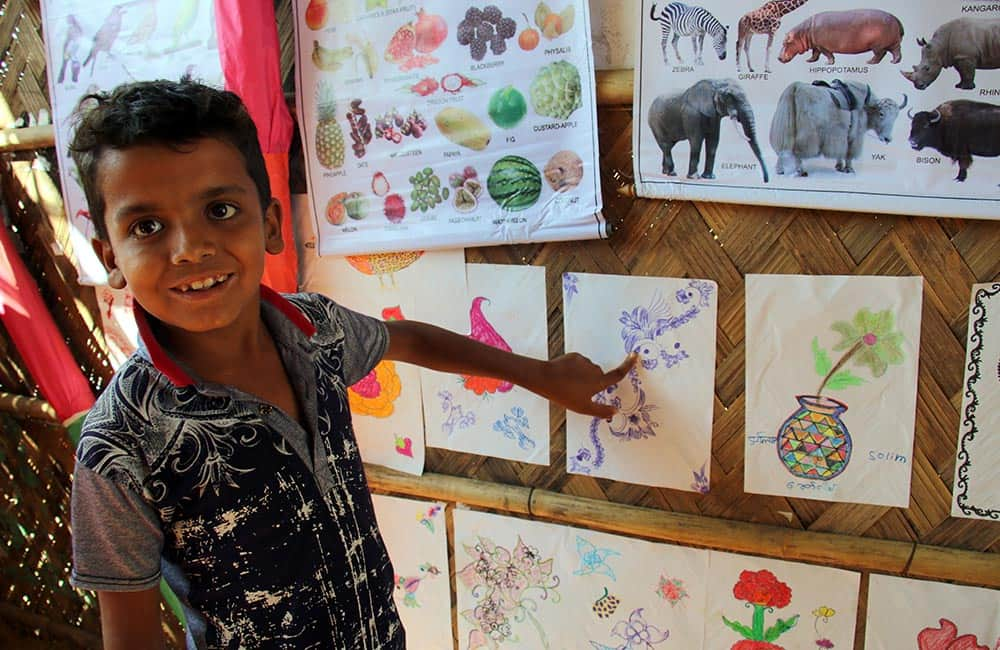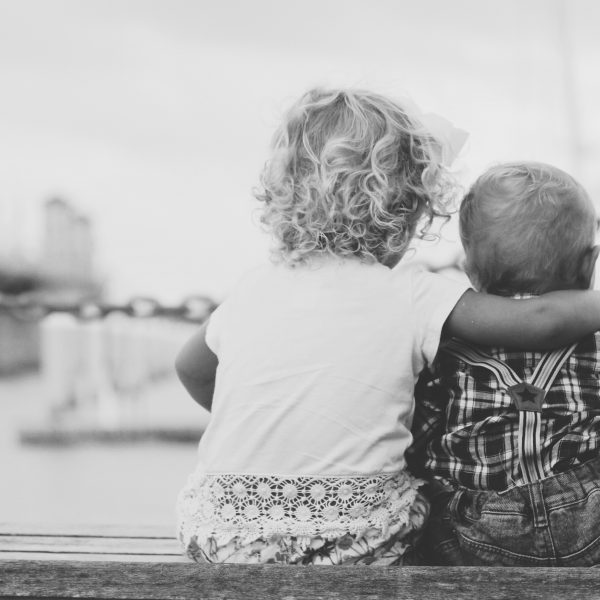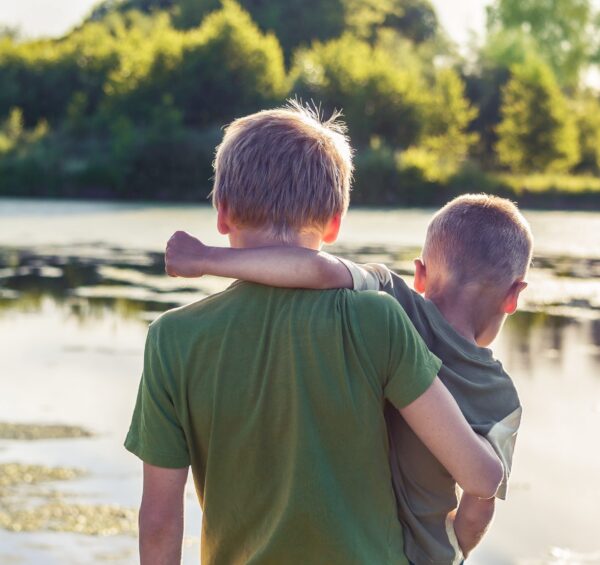Child Friendly Spaces offer safe havens for children in the midst of chaos

Disasters and emergencies can be stressful times for children. Be they volcanic eruptions, conflict and war, floods or fires, children caught up in chaos need additional support and assistance, and spaces where they can feel safe, play, and keep hold of their childhood.
Save the Children believe that setting up and running Child Friendly Spaces is one of the most important support activities they can offer in emergency situations. As well as providing the food, water and materials to build temporary shelters – the type of work that immediately comes to mind when thinking about a crisis – Save the Children dedicates time, effort, energy and resources to setting up spaces to cater to the unique needs of children.
“They can find themselves living miles away from where they grew up. Often, they will have seen death and destruction. Their home might be replaced with a tent and their school might be a distant memory. Their whole life, for now at least, completely changed,” a representative explained.
To help children to cope, Save the Children first considers the different phases of emotion faced by children, and the associated needs, at each stage of crisis response.
“At the start of an emergency, when their lives are thrown into turmoil, children may feel shock, numbness and confusion. In this phase, we identify children who may need additional support and give reassurance and comfort, known as Psychological First Aid, culturally appropriate grieving rituals, access to information on the disaster and the associated relief efforts and refer them to specialised services, if needed. We also provide care for children who have been separated from their families and try to trace their families,” a spokesperson explained.
In the weeks following an emergency, once life-saving operations are in place, children may begin to feel intense grief, horror, anger or mood swings as what happened really begins to sink in. They need productive activities at this point and a safe environment to process distressing events.
In the third phase, from about three to four weeks after the start of the emergency, their losses begin to really hit home. They try to understand the sequence of events and how it will affect the family’s future. If they are not given support, this is when children might try and isolate themselves.
What happens in a Child Friendly Space?
Lots of activities take place in a Child Friendly Space. Each of them has a specific purpose. The activities help children express themselves, build confidence or interact with other children. It’s also a chance for them to simply have some fun.
Some of the few activities that might take place in Child Friendly Space include:
- Drawing and painting
- Singing and dancing
- Sports like volleyball, football and traditional children’s games
- Puzzles and board games
- Story time.
When children are participating in activities in a Child Friendly Space, it gives parents and caregivers time to attend to their daily activities without worrying for their children’s safety. It also gives them space to process what they’ve been through too.
To view images from Child Friendly Spaces, and to hear from children who have used the spaces and the staff who have supported them, please see here.
Popular

Workforce
Policy
Quality
Practice
Provider
Research
ECEC must change now, our children can’t wait for another inquiry
2025-07-02 07:47:14
by Fiona Alston

Workforce
Practice
Provider
Quality
Research
Supporting successful transitions: Big moves, big feelings
2025-06-26 11:00:30
by Fiona Alston

Workforce
Policy
Quality
Research
Inclusive Practice Framework set to strengthen inclusion in early childhood settings
2025-06-24 11:37:00
by Isabella Southwell













